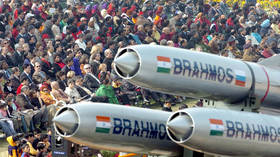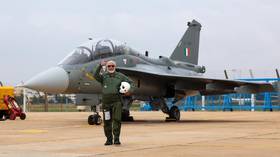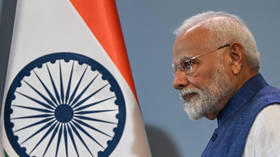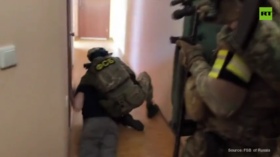Flying high: The world’s 4th-largest military spender is kicking its dependency on foreign weapons
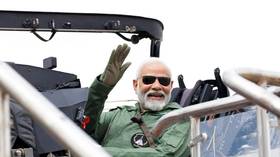
For many decades after independence, the Indian armed forces imported military hardware from long-term friend and strategic ally the Soviet Union, and subsequently Russia. France, too, became a significant source for military aviation supplies to India. Israel emerged as important source from the 1990s, as did the US after 2008.
India continues to be one of the biggest importers of military hardware. As its economy began to grow in the last two decades, the country increased funding for defense research and development with an emphasis on “Make-in-India”.
While the intent has been clear, its success has been in spurts. India continues to lack some crucial technologies. The conflicts in Ukraine and Gaza have also changed military hardware dynamics. What are the key modernization priorities and options for this rising global power?
Military aviation
India is already the world’s fifth-largest economy, and soon to be third, and it has emerged as the fourth-largest military spender last year, according to SIPRI. Like the US, the erstwhile Soviet Union, and China, India has realized that whoever controls aerospace controls the planet. Aerospace requires cutting-edge technologies, and obsolescence sets in early. Last year, the world spent $2.44 trillion on defense, of which 40% was on aerospace. Therefore, aerospace is a priority area. India needs new platforms, while existing ones must be upgraded with advanced technologies.
The Indian Air Force (IAF) is down to 31 fighter squadrons vis-à-vis the authorized strength of 42. The last of the Russian-origin MiG-21 squadrons will be phased out in 2025. The Anglo-French Jaguar, Russian MiG-29, and French Mirage 2000 will gradually start being retired by end of the decade.
India’s Light Combat Aircraft (LCA) Tejas MK1A aircraft had its first flight in 2001. To date, only around 50 have been built. The military has ordered 180 Tejas aircraft with better operational capabilities, but their induction has been delayed because of US-made GE-404 engine supply deferments.
The indigenous content of the LCA MK1 is 50% by value and is expected to increase to 65% going further.
The IAF has indicated requirements of 108 LCA MK2s, which will be closer to French Rafale multirole fighter jets. The maiden flight is expected in 2026, and induction is expected in the early 2030s.

India’s 5th-generation Advanced Medium Combat Aircraft (AMCA) has just been cleared by the Cabinet Committee on security. The IAF needs 126 such aircrafts initially. This at best would be ready to be inducted after 2035.
While India needs to accelerate the design and development and production of fighter aircraft, clearly the IAF needs to get back numbers through a onetime import. The proposal to acquire 114 Multi-Role Fighter Aircraft (MRFA) from abroad is still stuck in a bureaucratic labyrinth, and a Request for Proposal, which solicits bids from qualified contractors, has still to be sent out. The eight contenders are Boeing F/A-18E/F Super Hornet, Boeing F-15EX Eagle II and Lockheed Martin F-21 of the US, French Dassault Rafale, Europe's Eurofighter Typhoon, Swedish Saab JAS-39 Gripen E/F, and Russian Mikoyan MiG-35 and Sukhoi Su-35.
Challenging China
India is still struggling for some key technologies for its fighter programs and scouting for global partners. This includes a designed-in-India aero-engine with its own intellectual property rights. Some critical stealth, avionics, and electronic warfare technologies are required. Meanwhile, India is fast becoming standalone in radars and aerial weapons.
China already has 300 fifth-generation fighters. The People’s Liberation Army Air Force (PLAAF) has targeted having 1,000 such fighters by 2035. Even Pakistan is in talks with China and Türkiye to acquire a few fifth-generation fighters by 2030.
In view of AMCA timelines, there is one school of thought that India may be forced to acquire an interim fifth-generation fighter. Currently the American F-35 is not on offer because India acquired the Russian S-400 air defense system. India was initially wary of developmental delays of the Russian Su-57 ‘Felon’ fifth-generation aircraft. But reports emanating from Russia indicate accelerated production. Also, the aircraft will have a stealthy “loyal wingman” drone. Russia is wooing India as a partner. It remains a contender.
After successful upgrades of MiG-21 and MiG-29 aircraft with Russia, discussions are on between India’s Hindustan Aircraft Limited (HAL) and Russia’s United Aircraft Corporation for Su-30 MKI upgrade.
India has a sizeable transport aircraft fleet, mostly of Russian and American origin, and has already begun building the Airbus CASA C-295 medium tactical transport aircraft in India.
Last year, the IAF called for proposals for Medium Transport Aircraft (MTA) of 18 and 30 tons of cargo carrying capacity for the replacement of the Soviet-era AN-32 fleet. It will be chosen from a foreign supplier and then made in India as per the government’s initiative.
India’s Advanced Light Helicopter (ALH) and its armed variants have been a good success. Nearly 400 aircraft of different variants have been built and another 600 would be required. India has had a successful joint-venture with France’s Safran Aircraft Engines for making the Shakti engine for helicopters.
The Cheetah and Chetak helicopter fleets (the helicopters are of French origin, with the technology transferred to India in 1970s) are near the end of their service and are planned to be replaced by indigenous Light Utility Helicopter (LUH).
The Indian military has already begun inducting the indigenous Light Combat Helicopter (LCH) ‘Prachand’. The country’s military is now also working on the Indian Multi Role Helicopter (IMRH) of the Russian Mil M-17 class. It will require a new more powerful engine, which will be potentially built by HAL in cooperation with Safran, a French multinational aerospace and defense corporation.
India has only three large sized (IL-76 based) airborne early warning and control (AEW&C) systems. Negotiations with Russia for receiving additional aircraft in the last two decades did not bear fruit. India finally decided to use six pre-owned ex-Air India Airbus aircrafts to make indigenous mid-sized AEW&C. India will also add another six such systems based on Embraer ERJ 145 airframe – it is developed by Defence Research & Development Organisation (DRDO) and labelled as ‘Netra’ AEW&C.
The IAF’s fleet of flight refueller aircrafts consists of seven Russian Ilyushin IL-78s, equipped with three UPAZ-1 refueling drogues each. India needs more such aircraft urgently, and has chosen to get pre-owned aircraft from a foreign supplier and modify them with the support of Israeli Aircraft Industries, Israel’s major aerospace and aviation manufacturer.
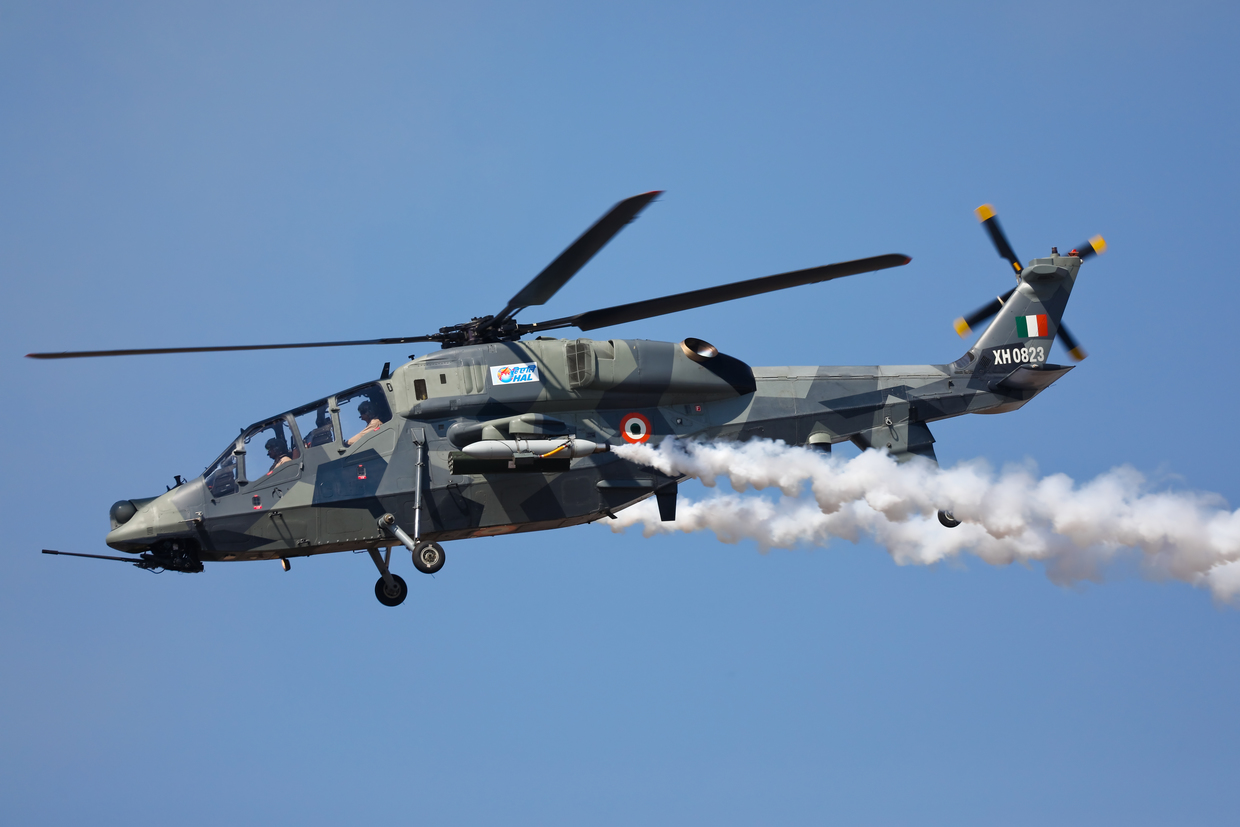
UAVs and Drones
The Nagorno-Karabakh and Ukraine conflicts and developments in the Middle East have highlighted the importance and need for unmanned aircraft systems (UAS) and smaller drones. The much cheaper surveillance and kamikaze drones have democratized war with even smaller players being able to afford them and have great military potential and effects. While large expensive UAS such as General Atomics MQ 9 would be good for large area surveillance, they have been fairly vulnerable and have been shot down in both the Black and Red seas.
It was seen that both Russia and Ukraine had to beef up drone production and imports. Countries need to build large drone inventories. Efforts are underway to develop state-of-the-art UAVs under Indian government schemes, such as iDEX and ADITI. India already has more than 100 drone start-ups, which includes Newspace Research & Technologies, Paras Aerospace, VEDA Aeronautics, Throttle Aerospace, WB Electronics India, IdeaForge, General Aeronautics, Dhaksha Unmanned Systems, and Thanos Technologies, among many others. There is definitely scope for more foreign collaboration in drones.
The ongoing conflicts have also underscored the requirement of modern air defense systems. India has had a great experience with Russian air defense systems. Induction of the globally acknowledged S-400 has greatly boosted India’s air defense capability.
Both the Indian Navy and Army have interest in significant military aviation platforms, such as helicopters and even fixed wing aircraft. This potentially increases numbers and amortizes costs. Both require UAVs and drones in large numbers. The Indian Navy also needs to augment the MiG-29 K fighter jet fleet. New Delhi is likely to order 26 Dassault Rafale Marine jets from France following a series of negotiations spanning over a year. In 2016, India acquired 36 Rafales for the Air Force.
Joined ventures as the way forward
Experience has shown that the joint ventures between Indian defense players and global partners are going to be the preferable model of cooperation as compared to importing ready-made systems. As of now, 45 such joint companies are operating in the defense sector in India with foreign original equipment manufacturers (OEMs).
The Indo-Russian BrahMos missile program is one such example. It is not only meeting the Indian military’s own requirements but is already being exported to the Philippines. Russia, Brazil, and Malaysia are potential buyers of these systems.
Indo-Russian joint venture Indo-Russian Rifles Private Limited formed by Kalashnikov Concern, Rosoboronexport and several Indian defense sate-run companies is making AK-203 rifles in India, with initial batch of the order for 670,000 rifles already delivered to the military earlier this year.
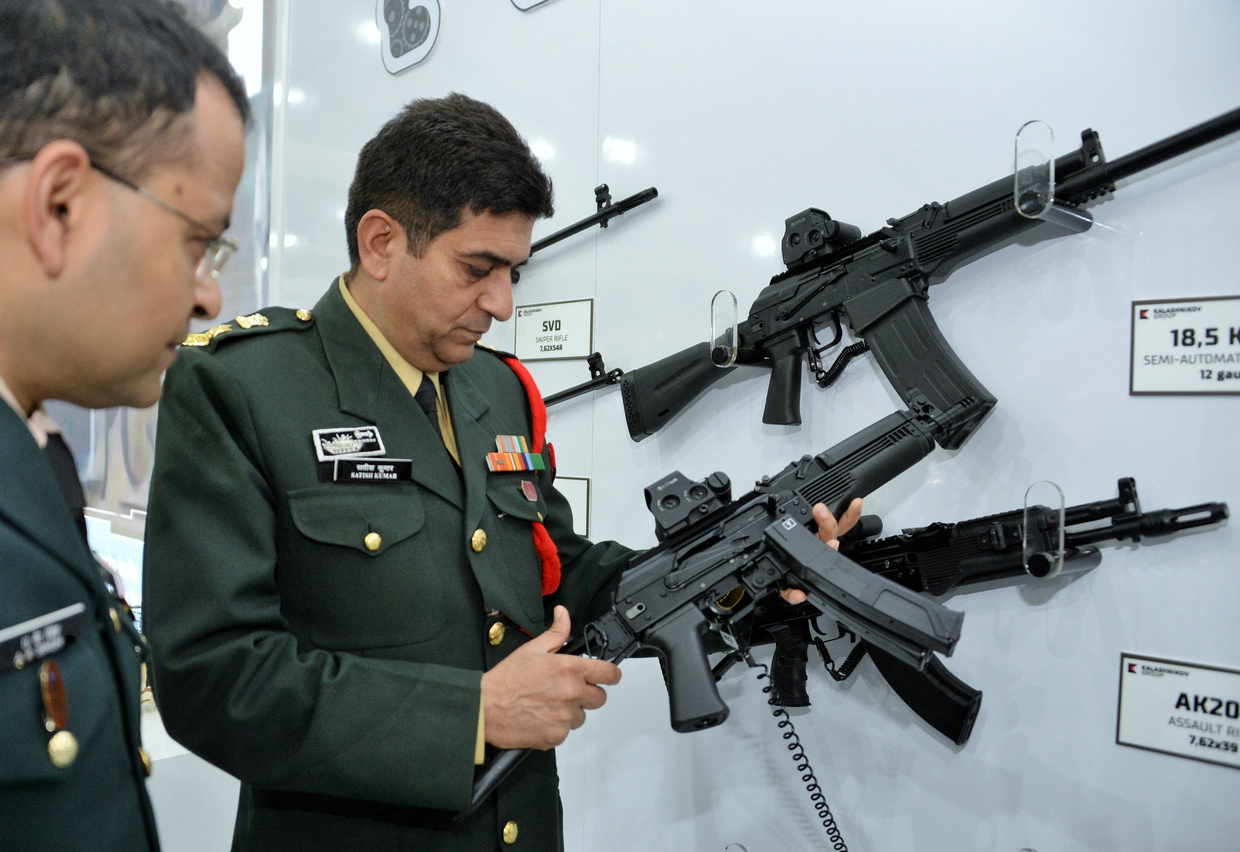
Safran and HAL have produced close to 1,500 helicopter engines in India. Safran has also offered 100% technology transfer for making a fighter engine in India. A joint venture between private conglomerate Adani Group and Israeli weapons giant Elbit Systems is manufacturing Hermes UAVs in India cater to the global demand.
Similarly, many aero-structures for F-16 aircraft, C-130, Apache and Chinook helicopters are made in India. Airbus, BAE, Boeing, Collins Aerospace, Dassault Aviation, Israel Aerospace Industries, Pilatus, Lockheed Martin, Raytheon, Rafael, and Thales have all set up joint ventures. For India to secure a place at the global high table, success in defense indigenization will be crucial, and partnerships are the fastest path forward.
The statements, views and opinions expressed in this column are solely those of the author and do not necessarily represent those of RT.

